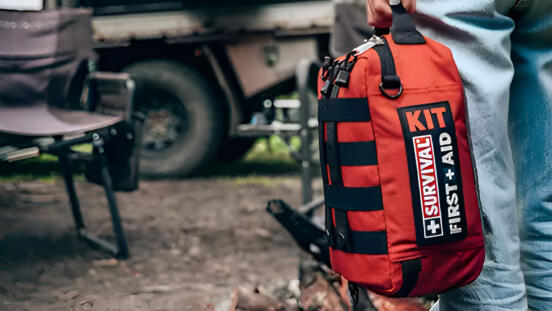Your average dog can easily learn dozens of words, particularly capable individuals have demonstrated being able to understand hundreds. Though this shows dogs can develop a vocabulary, a mistake many inexperienced handlers make is inconsistency in both addressing their dog and the commands they give.
The first thing a dog needs to know to respond to any command is that you’re addressing it, and that starts with a name.
I was prompted to write this by a local Labrador named Charlotte, or as her owners call her, Charlie, Char, Chuck, Charles, Cherry, Lotte, Lott… and half a dozen other nicknames. Rarely do they ever actually call her Charlotte.
Unsurprisingly, Charlotte is all but oblivious to her owners when they are trying to get her attention verbally. She's not an unintelligent or stubborn dog and readily follows commands when she's focused on the owner by way of a treat or physical interaction, still, her owners regularly express frustration at her lack of recall.
In this case, the dog's seeming unwillingness to return is completely her owners' fault. Their dozens of nicknames continually called in random order have become meaningless white noise to Charlotte, who isn’t even aware she has a name.
This same mistake of inconsistency is often made by new handlers with commands.
Virtually every dog owner will have at least taught their dog to sit, usually with the obvious choice of "sit" as the command. As luck would have it for English speakers, this is a great word for what is usually the first command taught. It's clear, concise, and sharp, and with repetition, dogs can quickly get the message.
Where owners often go wrong with further commands, is for actions with more potential word choices.
When teaching your dog to lie down, you might choose any of the following: drop, down, lay down, lie, floor, etc. In the end, whichever word you choose is much of a muchness; as long it's clear and understandable, the dog can learn to associate the word with the desired action. Where handlers go wrong is if after giving the first few commands of 'drop' their dog doesn't respond, they switch to 'down' in the hope of a response, then 'lay down', and so on.
This is a mistake.
If your dog isn't responding to a command, progressing through synonyms of the word isn't going to get the message through. The problem isn't that you haven't yet found the word that's part of the dog's vocabulary, it's that they haven't built the association with your first command to start with.
Not only is this unhelpful for the dog, you're likely to get frustrated as the trainer. If you become impatient and start over-correcting the dog for small mistakes and misunderstandings, or if you expect too much immediately, this will come out in your behavior and you'll only make things more difficult for both of you.
To whatever extent you want to take your dogs' training, be it half a dozen commands for basic obedience and a well-behaved companion around town, or a full-fledged working dog, pick one name, pick your set of commands, and don't deviate or vary them.
You'll both be better off for it.
# Dog training commands, dog names, consistency in dog training, naming your dog.







